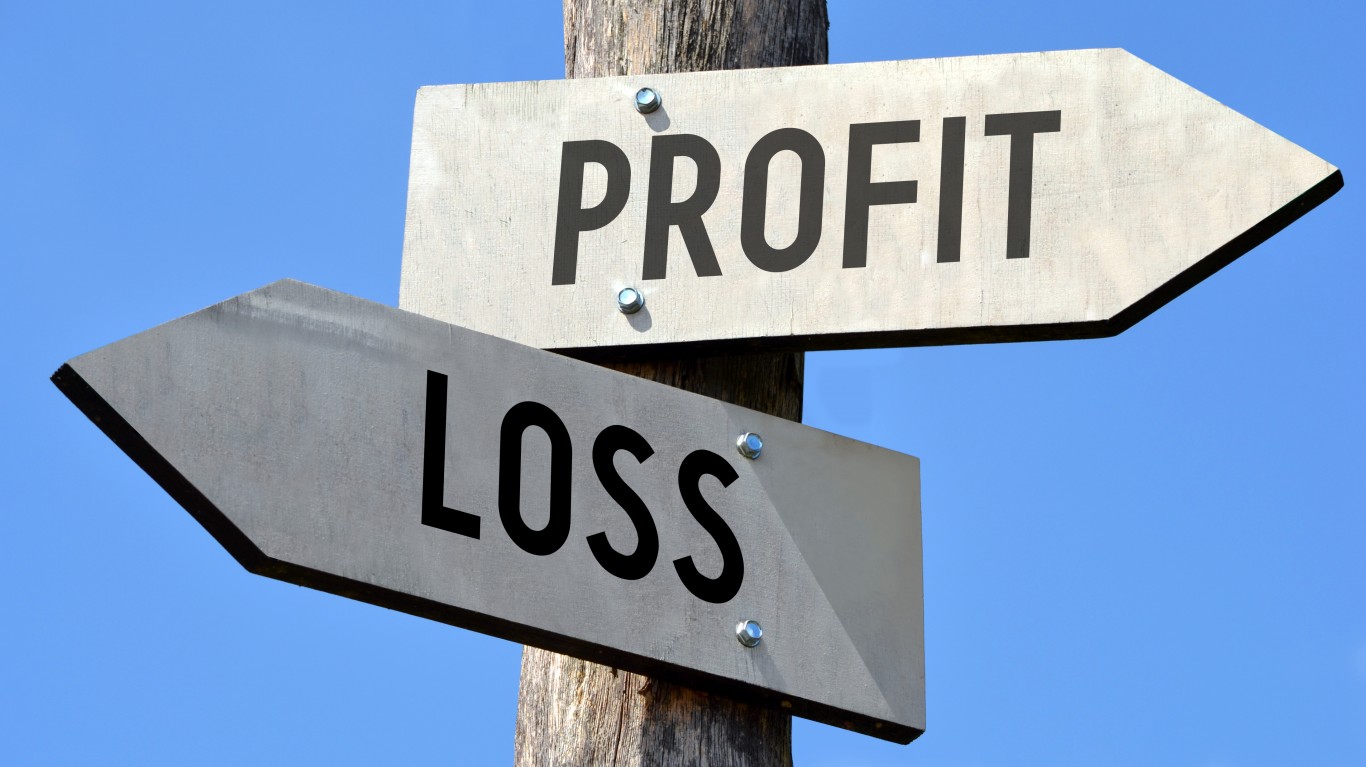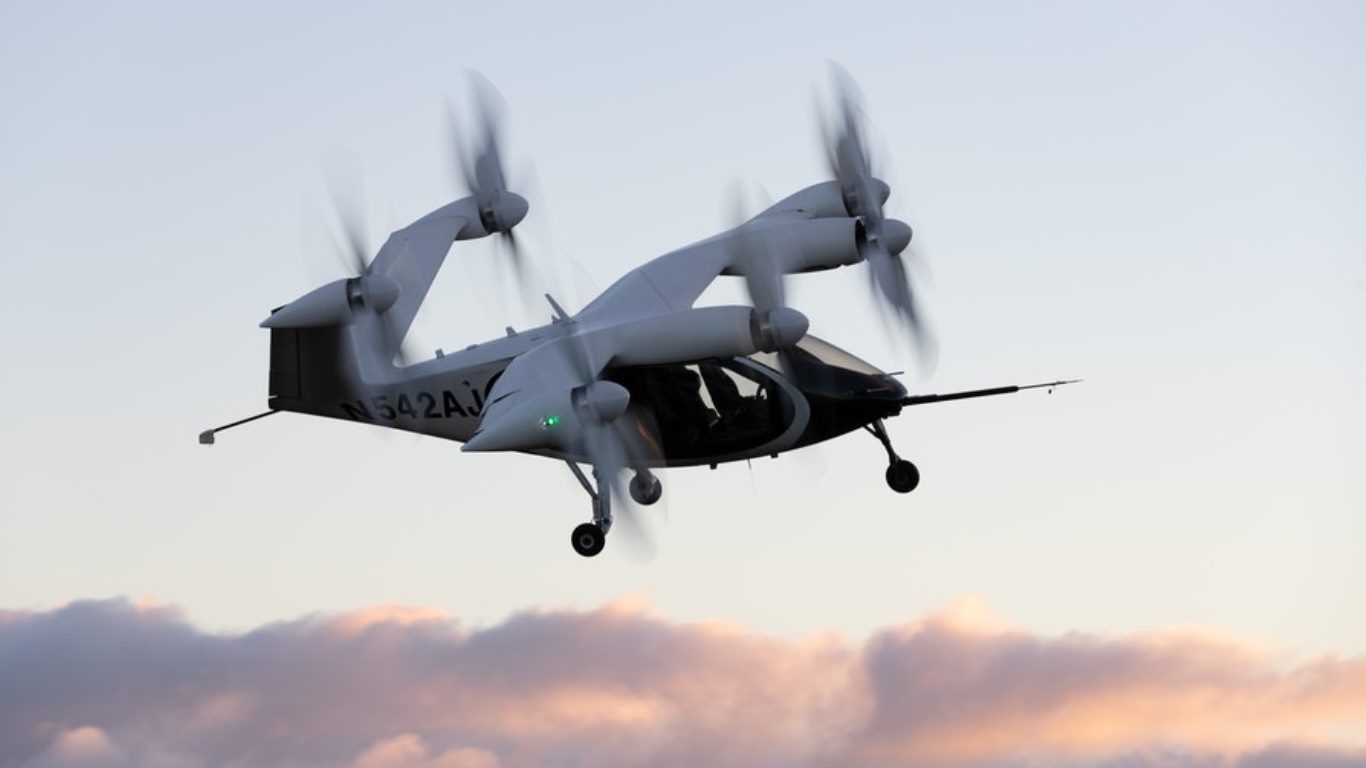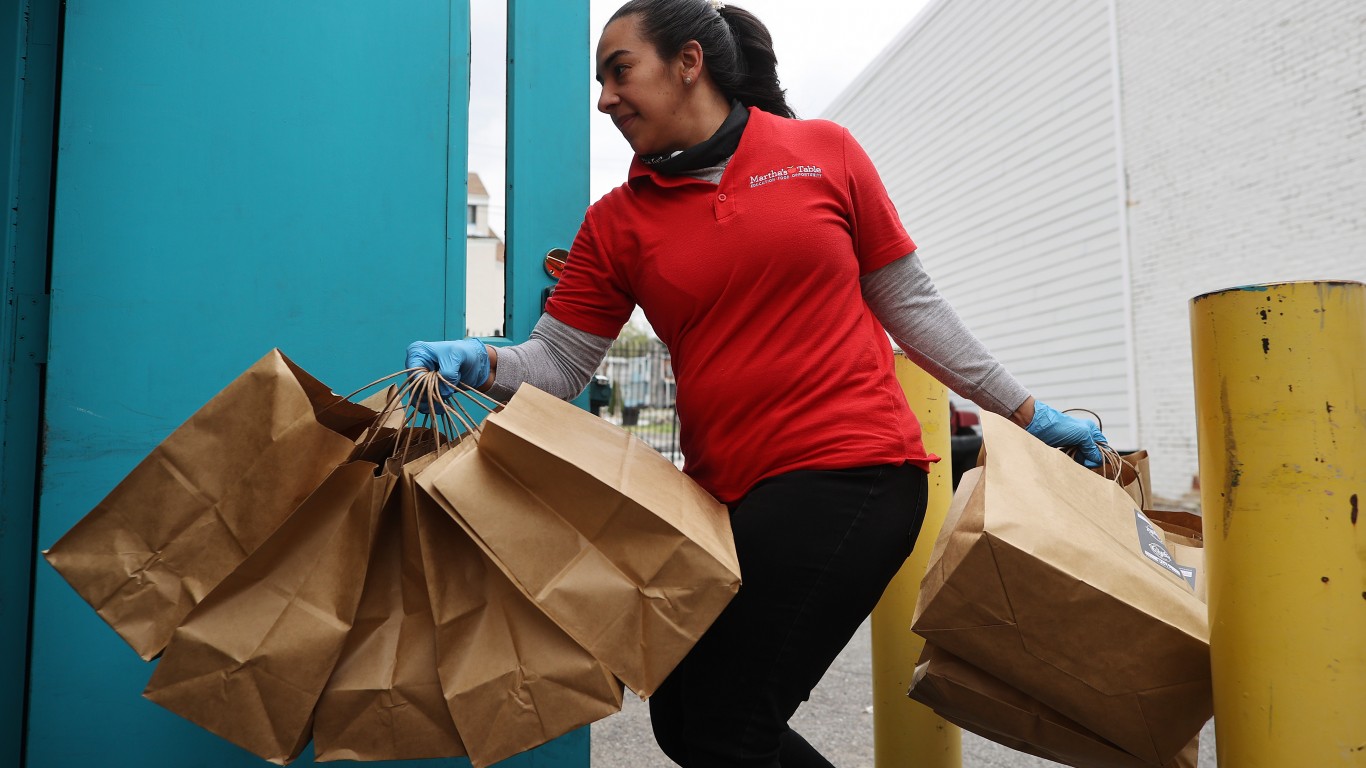
Startups lose money. They direct their resources to growing the business first and worry about making profits second. Heck, even the Internal Revenue Service doesn’t anticipate new businesses to make any money in their first three years of operation.
But once a company is established and growing, turning a profit is kind of expected unless you have a good reason. Amazon (NASDAQ:AMZN) is one of those instances often used to justify a company not making money. It took nine years for the e-commerce giant to make a profit as it scaled its business up.
Yet Amazon is the exception, not the rule and you should demand the companies you invest in make money. At the very least, there should be a path to profitability. That’s why the three stocks below are still ones to buy even though their operations remain in the red.
Key Points About This Article:
- Investors should demand their stocks be profitable unless they can prove they have a viable path to achieve sustainable earnings.
- Here are three companies that aren’t in the black yet, but possess strong fundamentals investors can rely upon to make them profitable in the foreseeable future.
- If you’re looking for some stocks with huge potential, make sure to grab a free copy of our brand-new “The Next NVIDIA” report. It features a software stock we’re confident has 10X potential.
Joby Aviation (JOBY)

Although Joby Aviation (NYSE:JOBY) was founded in 2009, it is still very much a start up. And because it is one of the leaders in the electric vertical takeoff and landing (eVTOL) market, literally building an industry from nothing, the fact it isn’t making a profit is not surprising.
More to the point, due to Joby still going through the Federal Aviation Administration’s regulatory certification process, it has no revenue to speak of while having to spend considerable sums of money on design, manufacture, testing, and compliance. It’s naturally going to be losing money.
Yet Joby Aviation is on track to gain final FAA certification and commercially launch its air taxi service next year. In the meantime, it has substantial industry backing from deep-pocketed investors who view the eVTOL market as a lucrative venture, including Toyota (NYSE:TM) and Delta Air Lines (NYSE:DAL).
While eVTOL flight remains Joby’s goal, it recently completed a 523-mile trip in a dual hydrogen-electric aircraft. That’s key because the mixed-power craft will allow for greater distances to be flown than an all-electric vehicle and can kickstart a regional air mobility taxi service.
Joby Aviation may not be in the black today, but it is one that will quickly ramp up growth and profits once it gains final certification.
DraftKings (DKNG)

Sports betting leader DraftKings (NASDAQ:DKNG) actually just achieved a new milestone: it recorded its first-ever GAAP profit in the second quarter, though year-to-date it is still losing money. However, it significantly narrowed those losses by more than 83% from last year.
DraftKings reported earnings of $63.8 million, or $0.12 per share, handily beating estimates of a penny per share loss. Revenue of $1.1 billion was in line with expectations. While one quarter doesn’t make a trend, DraftKings should be on a path to consistent profitability, if politicians don’t kill the golden goose.
Because government has a voracious appetite for revenue to feed the profligate spending, politicians have been raising tax rates on gambling to exorbitant rates. Illinois, for example, just enacted a progressive tax on sports wagering to fill a budget gap. The new tax rate will range between 20% and 40% of adjusted gross sports wagering receipts. Currently, only DraftKings and rival Flutter Entertainment‘s (NYSE:FLUT) FanDuel qualify for the highest rate. New York has the highest rates in the country at 51%.
Although DraftKings was going to impose a gaming tax surcharge on a bettor’s net winnings in states with taxes above 20%, it backed off the plan as other betting outfits didn’t follow suit. If more states follow Illinois’ lead, it could extend the timeframe for DraftKings to achieve steady profits.
Still, as more states legalize sports betting, customer acquisition costs will ease. DraftKings now has 8.4 million unique customers on its platform, reducing the need to rely upon excessive promotional activity. Coupled with strategic cost cutting, the probability for ongoing non-GAAP profits and GAAP profitability is growing.
DoorDash (DASH)

The largest third-party delivery specialist DoorDash (NASDAQ:DASH) is the third unprofitable stock to consider buying. Wall Street thinks it will achieve its first-ever annual GAAP profit this year, notching earnings of $0.03 per share.
DoorDash is experiencing strong growth, though the rate of growth is narrowing. For example, revenue was up 23% to $2.6 billion in the second quarter, but that was markedly less than the 33% growth it enjoyed a year ago. Similarly, marketplace gross order value (GOV) jumped 20% to $19.7 billion, but that was less than the 26% growth it witnessed last year.
Yet with DoorDash expanding into the grocery delivery business, investors can expect to see growth rates expand once more. There are other opportunities available in new markets as DoorDash expands internationally and it should be able to see incremental growth in advertising revenue.
Due to its industry-leading position with a 67% share of the market versus Uber Technologies‘ (NYSE:UBER) 23%, it should be able to benefit more from the network effect between merchants, drivers (who it calls “dashers”), and customers. That should lower its customer acquisition costs, which will lead to consistent profits going forward.
Are You Ahead, or Behind on Retirement? (sponsor)
If you’re one of the over 4 Million Americans set to retire this year, you may want to pay attention.
Finding a financial advisor who puts your interest first can be the difference between a rich retirement and barely getting by, and today it’s easier than ever. SmartAsset’s free tool matches you with up to three fiduciary financial advisors that serve your area in minutes. Each advisor has been carefully vetted, and must act in your best interests. Start your search now.
Don’t waste another minute; get started right here and help your retirement dreams become a retirement reality.
Thank you for reading! Have some feedback for us?
Contact the 24/7 Wall St. editorial team.





